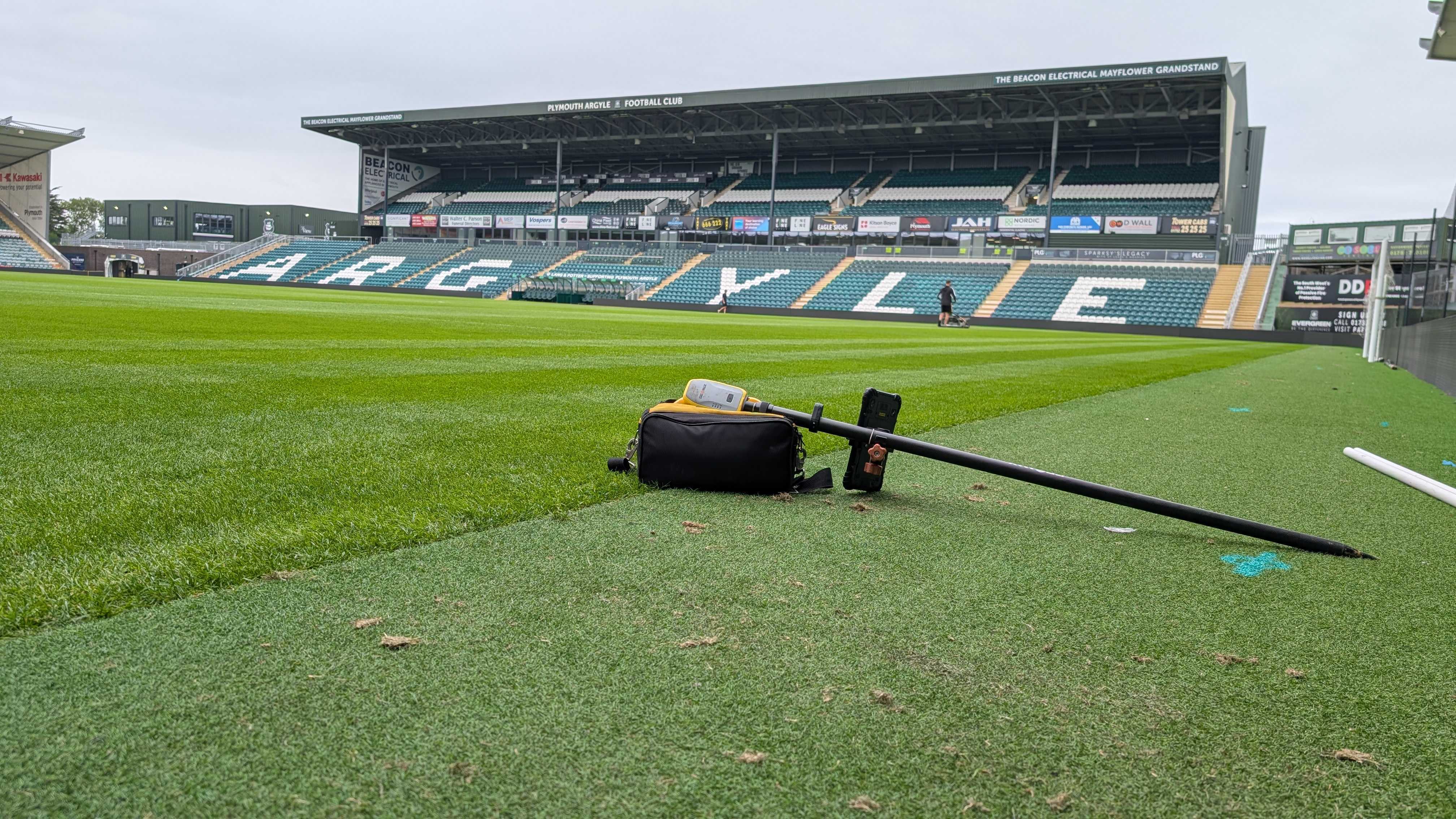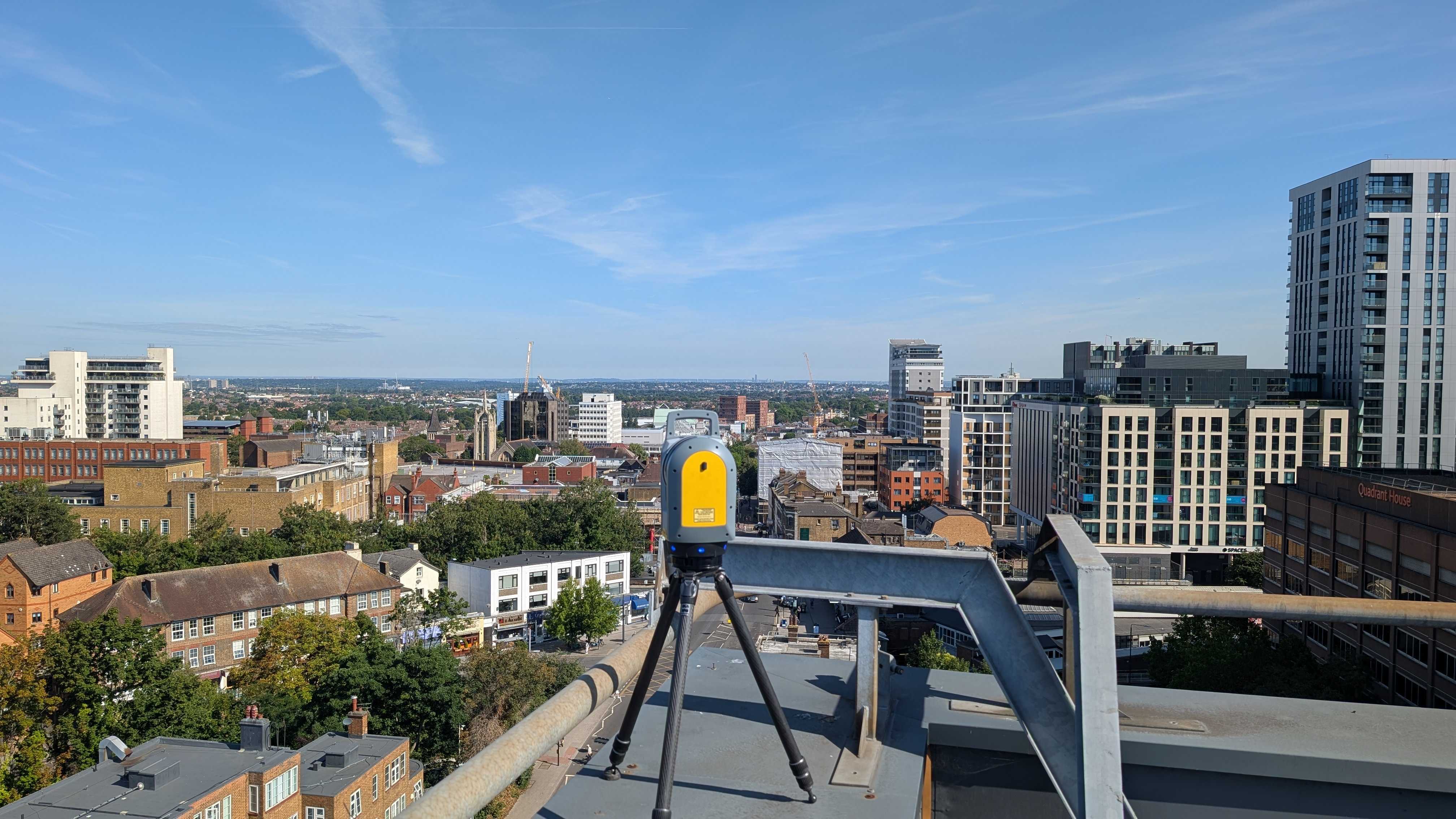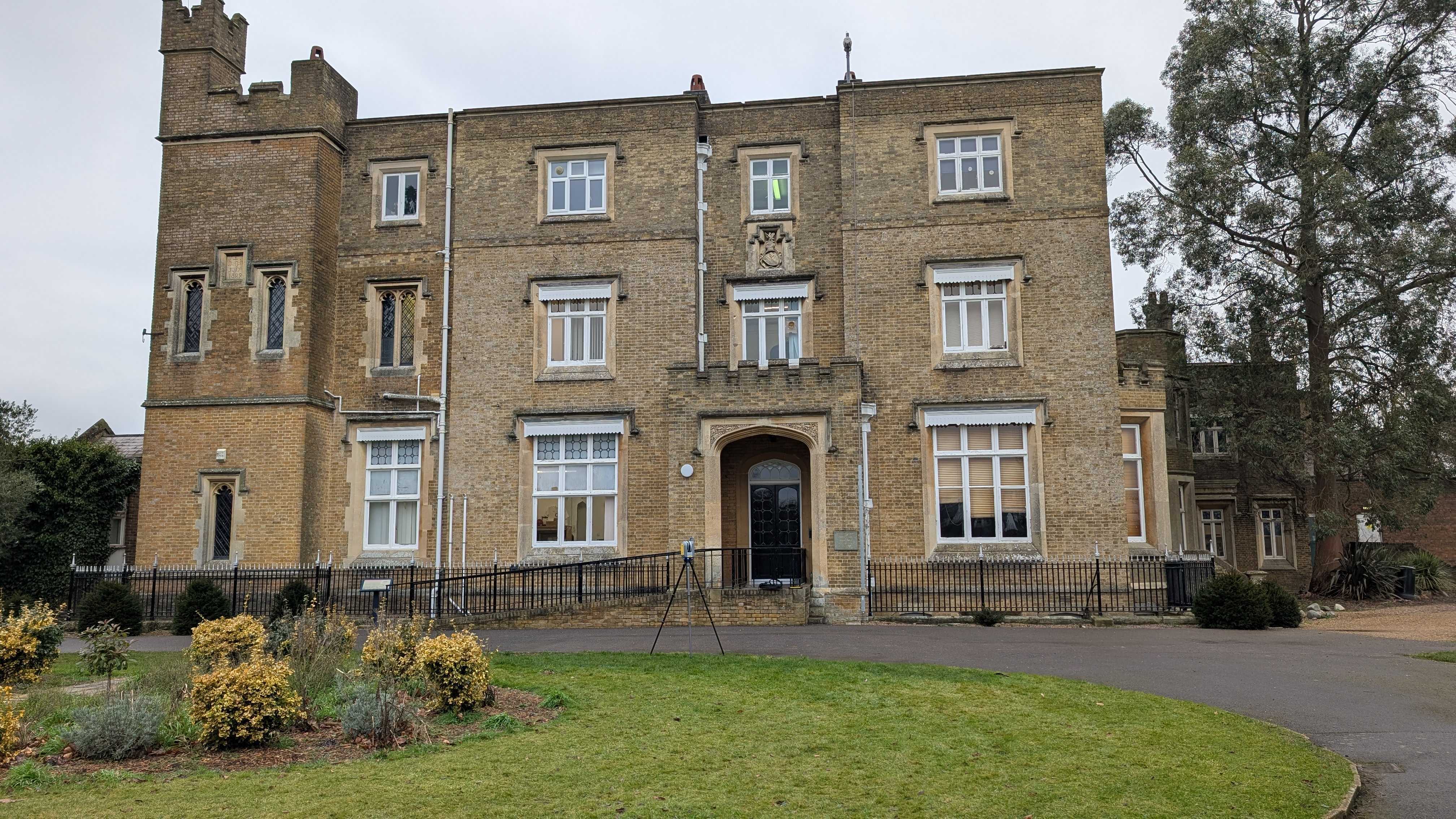When you’re starting a construction or development project, there’s always one big question you can’t ignore: what’s hiding underground?
If you don’t know the answer, you’re asking for trouble. Buried cables, water mains, or even forgotten foundations can stop a project in its tracks. Striking a live power line isn’t just expensive, it’s dangerous. Hitting an uncharted pipe can delay your work for weeks.
This is why more and more professionals rely on a GPR Survey. Instead of guessing what’s below the surface, Ground Penetrating Radar gives you clear, reliable data without digging a single hole. In this guide, we’ll break down what a GPR Survey actually is, how it works, why it matters, and what you should know before using it.
What is a GPR Survey?
A GPR Survey (short for Ground Penetrating Radar Survey) is a way of scanning the ground with radar waves to see what’s hidden beneath. Think of it like an X-ray for soil, concrete, and road surfaces.
The survey equipment sends radar pulses into the ground. When those pulses hit something different — maybe a pipe, a cable, or even a void — they bounce back. Those reflections get turned into images that trained surveyors can read.
The big advantage? You get accurate data about what’s underground without tearing up the site.
Who actually uses GPR Surveys?
- Construction teams use them to avoid hitting buried services before they dig.
- Civil engineers rely on them for better design planning.
- Architects and developers get peace of mind knowing site conditions are mapped.
- Utility providers and local councils use them to meet safety and compliance standards.
- Landowners run them before selling or redeveloping property.
So, whether it’s a road project, a new building, or a property sale, there’s a good chance a GPR Survey can save time and money.
Learn more about GPR Surveys at Intersect Surveys.
How Does a GPR Survey Work?
On the surface, the tech might look complicated, but the idea behind a GPR Survey is straightforward. Here’s how it happens step by step:
- Sending the signal – The antenna sends out radar pulses into the ground.
- Catching the reflection – When those pulses hit a buried object or a change in material, part of the signal bounces back.
- Processing the data – The equipment records these reflections and displays them as patterns or images.
- Interpreting the results – This is where expertise comes in. A skilled surveyor reviews the data and turns it into a clear underground map.
What can it actually pick up?
A GPR Survey can detect all kinds of underground features, including:
- Pipes and cables (both metal and plastic).
- Reinforcement bars inside concrete.
- Voids or cavities beneath a surface.
- Buried foundations or tanks from older structures.
- Layer thickness in roads, pavements, or slabs.
Unlike some older methods, it doesn’t just work on metal objects. That’s why GPR has become the go-to choice for projects where plastic or composite pipes are common.
Why GPR Surveys Are Essential for Construction and Development
Skipping a GPR Survey is a gamble most professionals can’t afford to take. The risks — financial, legal, and safety-related — are simply too high.
Avoiding costly delays
Hitting an uncharted utility doesn’t just stop work, it often brings in outside agencies, repair crews, and sometimes legal disputes. A GPR Survey helps you avoid these setbacks by giving you accurate underground data before the first dig.
Protecting your team
There’s no easy way to say it: accidents with underground services can be deadly. A live cable strike can cause serious injury. A ruptured gas main can put an entire site at risk. A survey reduces these dangers by showing your crew exactly where hazards are.
Staying compliant
Planning authorities and utility companies don’t just prefer surveys — in many cases, they demand them. A GPR Survey provides records that help you tick every compliance box and keep regulators satisfied.
Better design decisions
Architects and engineers often work with incomplete information. Having a clear underground map means designs can be adjusted early on, saving expensive changes later.
The bottom line? A GPR Survey gives you certainty. And certainty is what keeps projects on time and within budget.
Advantages of GPR Surveys Over Other Methods
If you’ve used other underground detection methods before, you’ll notice straight away why GPR Surveys stand out.
- No digging needed – You don’t have to break ground just to understand what’s below it.
- Covers more ground, faster – Surveys can scan large areas in less time than trial pits.
- Finds more than metal – Unlike electromagnetic detection, GPR works on both metallic and non-metallic features.
- Immediate feedback – Results can often be seen in real time, which means quicker decisions.
- Saves money in the long run – Yes, there’s an upfront cost, but it’s far less than fixing a mistake later.
That mix of speed, versatility, and reliability is why GPR has become a staple in modern construction and development projects.
Common Applications of GPR Surveys
The reach of GPR Surveys is wider than you might think. Here are some of the most common uses:
On construction and utility projects
- Pinpointing water, gas, and telecom lines before excavation.
- Locating abandoned or undocumented services.
- Supporting trenchless drilling projects where accuracy is critical.
In structural engineering
- Measuring the thickness of concrete slabs.
- Checking reinforcement placement in bridges or buildings.
- Spotting voids that could weaken structures.
In large-scale infrastructure
- Surveying roads and railways before maintenance.
- Preparing sites for new housing or commercial projects.
- Planning utilities for major developments.
Beyond construction
- Archaeologists use GPR to locate ruins without disturbing the ground.
- Environmental teams map soil conditions or groundwater features.
The versatility of GPR Surveys makes them valuable across a surprising number of industries.
Limitations and Considerations
No survey method is perfect, and GPR has its limits too. Knowing them helps you plan realistically.
Soil and ground conditions
Clay-heavy or waterlogged soils can reduce the depth radar signals can reach. In those cases, combining GPR with another method is often the smart move.
Depth vs detail
The deeper the radar goes, the less detail you get. High frequencies give great resolution but don’t penetrate as far, while low frequencies go deeper with less precision.
Skilled interpretation
The tech does the scanning, but a human has to interpret the data. Without an experienced surveyor, you risk missing key information or misreading the results.
Best used alongside other methods
A GPR Survey often works best as part of a package. Pairing it with electromagnetic detection or utility record checks creates the most reliable underground picture.
Being upfront about these factors helps teams get the best from their surveys and avoid surprises later.
How to Get the Most Out of a GPR Survey
If you’re planning to commission a GPR Survey, a little preparation goes a long way.
Work with the right provider
Not every survey team has the same level of expertise. Choosing a provider with a proven track record, like Intersect Surveys, makes a big difference in accuracy and reliability.
Prepare the site
Simple steps, like clearing access routes or removing surface clutter, help the survey run smoothly and reduce wasted time.
Share your project details
The more information you can give surveyors upfront — such as old site plans or known service records — the more accurate their interpretation will be.
Combine surveys for full coverage
In many cases, pairing a GPR Survey with other surveys, like topographic mapping, produces a complete picture of the site. This layered approach saves time and avoids missed details.
When handled properly, a GPR Survey isn’t just another box to tick. It’s a proactive step that protects your project from risks you don’t want to discover too late.
Ready for Accurate Subsurface Data?
At Intersect Surveys, we carry out GPR Survey services that give you the information you need before you start digging, designing, or building. Our goal is simple: reduce your risk, save you time, and keep your project moving.
Contact Intersect Surveys GPR Surveys today to arrange your survey and start with confidence.






